A history of home computers through nostalgic photography
Photographer John Short captures 100 computing ‘icons’ that underpin the dream machine generation
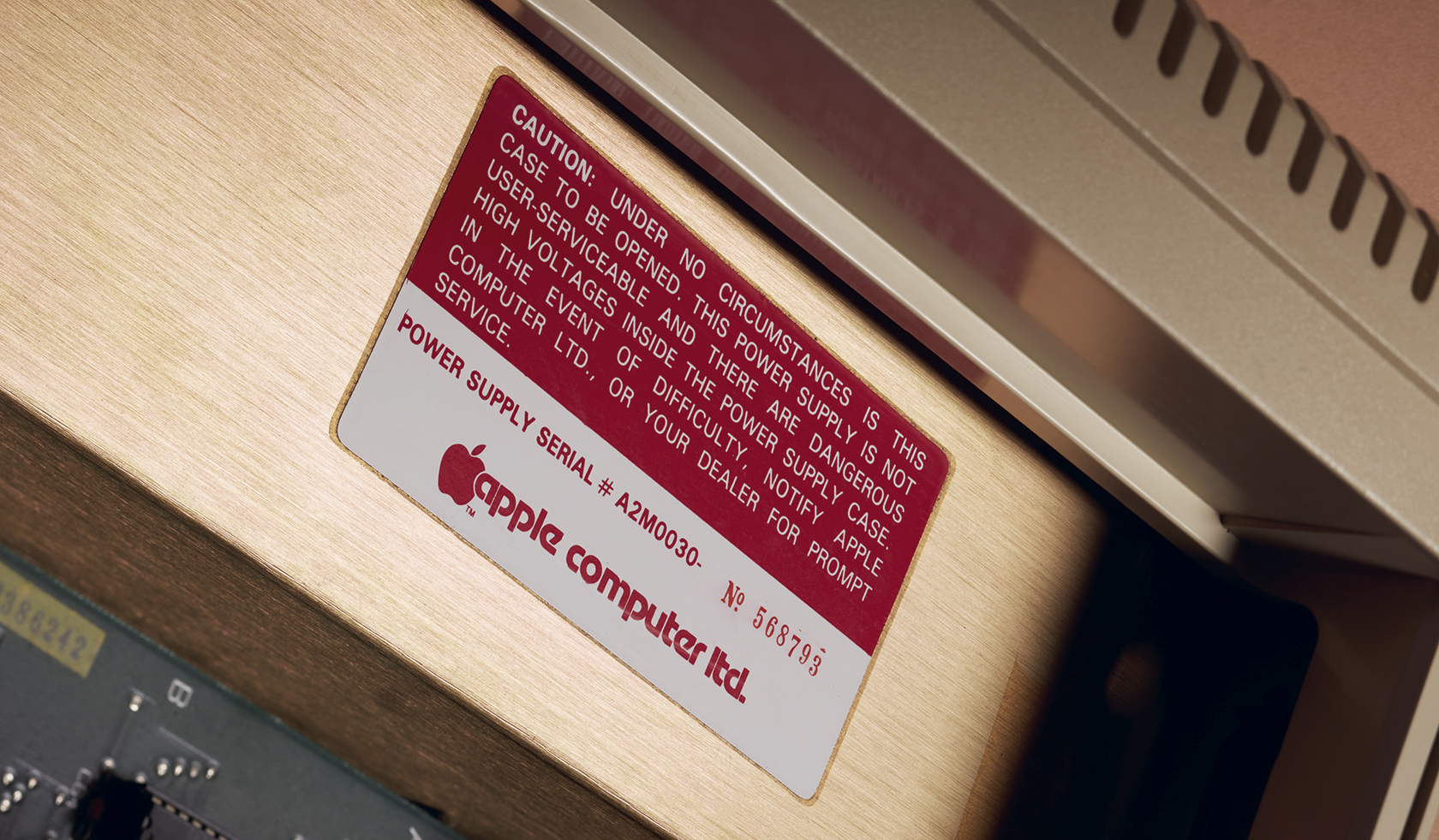
John Short - Photography
Nostalgia isn’t what it used to be, the old joke goes, and chances are that if we were ever bumped back into an 8-bit world, stripped of our touch screens, broadband and social networks, then we soon find plenty to complain about. The premise of photographer John Short’s new monograph is to assemble 100 of the computing ‘icons’ that underpin our current and future digital generation, reminiscing with a fond smile.
Short eschews a clichéd approach in favour of moodier, more atmospheric imagery of these machines, treating them as pieces of industrial design rather than focus on the quirks and characteristics of their archaic operating systems. These are the Model T Fords of the computing industry, some of which were produced in the millions, but almost completely overlooked due to their ubiquity. Some of the featured machines are rather more niche, but as the text by tech writer Alex Wiltshire explains, they all share a defining characteristic; a computer as a standalone, self-contained object that is more akin to functional furniture than an all-pervasive and persistent component of everyday life. Here are a few of our favourites.
MITS Altair 8800B, 1975
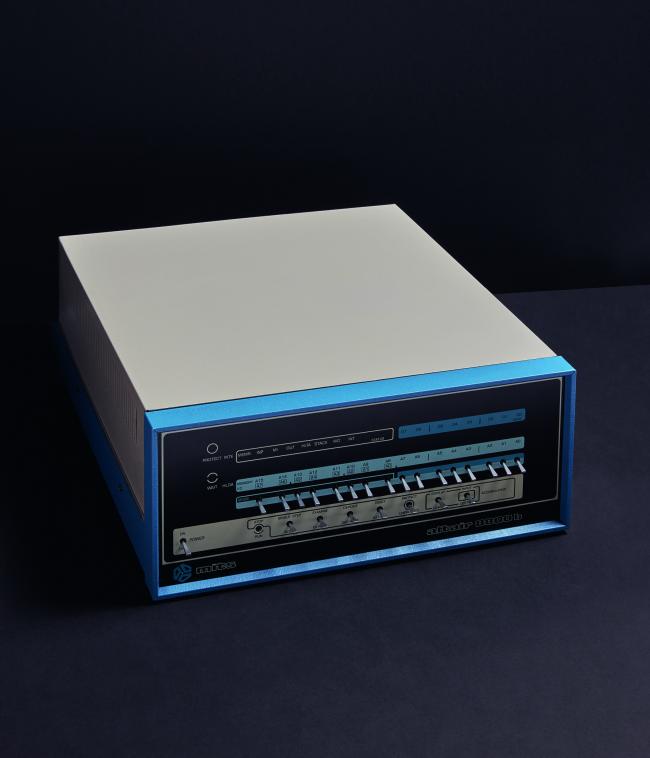
MITS Altair 8800
A kit-built mini-computer offered at a fraction of the price of its rivals, the blue-hued Altair was a bridge between room-sized business systems and the compact home computer. Altair BASIC was Microsoft's first-ever product.
Apple II, 1977
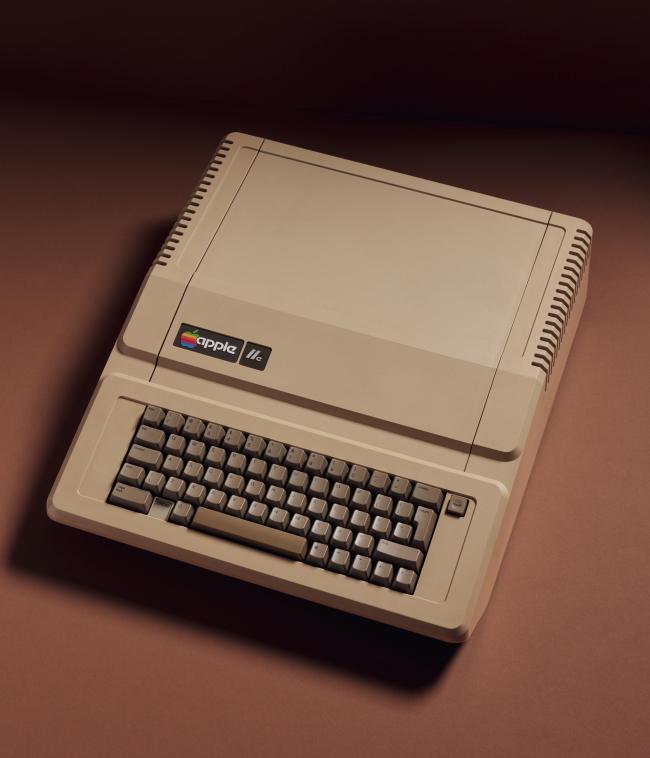
Apple II
A giant leap forward from the kit-based Apple I, the 'II' encased Steve Wozniak's pioneering circuits within a beige all-in-one box designed by freelancer Jerry Manock; Wozniak's Apple co-founder, one Steve Jobs, reasoned that aesthetics and consumer convenience would help build the brand. The design endured and evolved; the IIE came out in 1983 and the computer remained in production until 1993.
Sharp MZ-80K, 1979
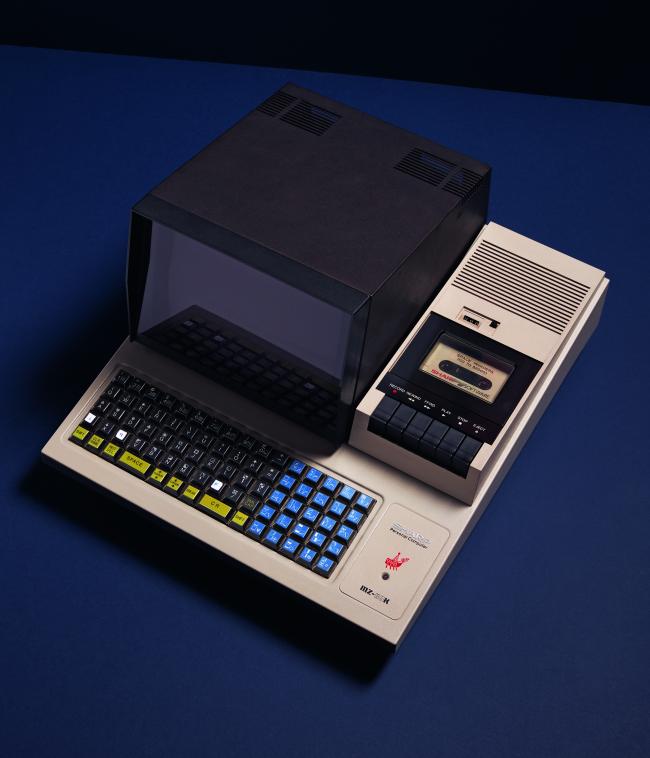
Sharp MZ-80K
An all-in-one device that encapsulated the prevailing feeling that miniaturisation and innovation was coming only from Japan. The MZ-80K combined keyboard, screen, tape drive and even a speaker into a single angular package.
Apple Lisa 2, 1984
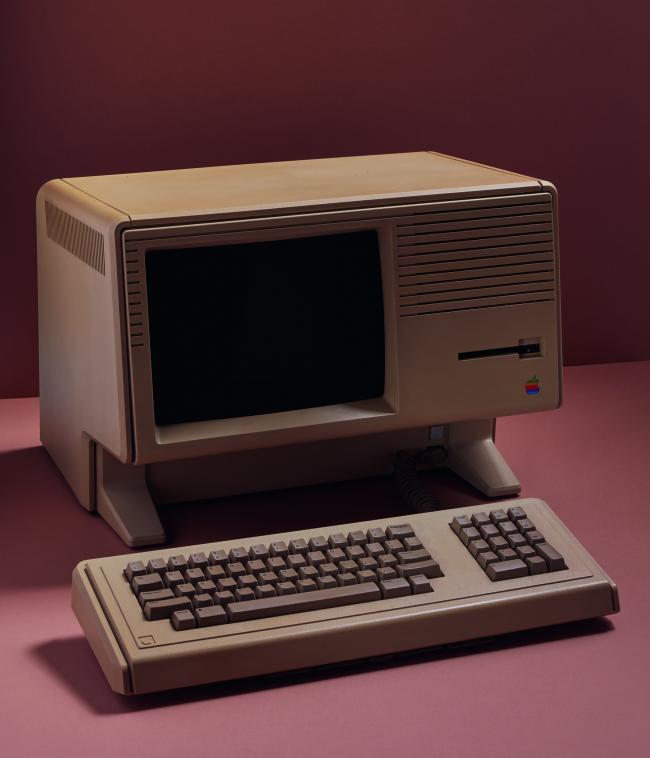
Apple Lisa 2
The original Lisa cost nearly $10,000 but also introduced the wider world to the delights of the graphical user interface. It was superseded by the cheaper Lisa 2 in 1984, co-incidentally the year that the first Macintosh appeared and the Apple revolution truly began.
Atari 520ST, 1985
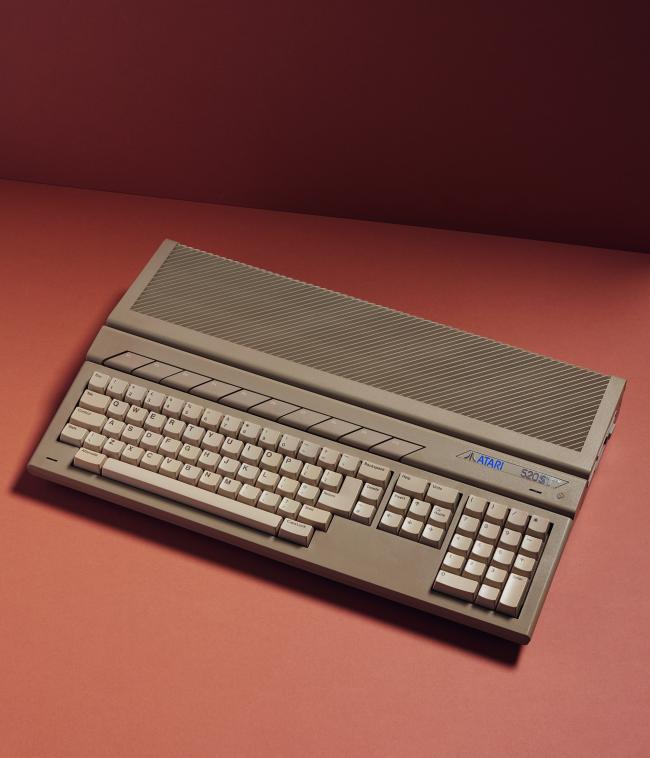
Atari 520ST
This is the base model of a computer that found immediate favour in the music industry, with enough power to make it the go-to machine for producers and acts. The ST ran the original version of the software that ultimately became Logic Pro and is still fondly remembered by chiptune aficionados.
Matra Alice 90, 1985
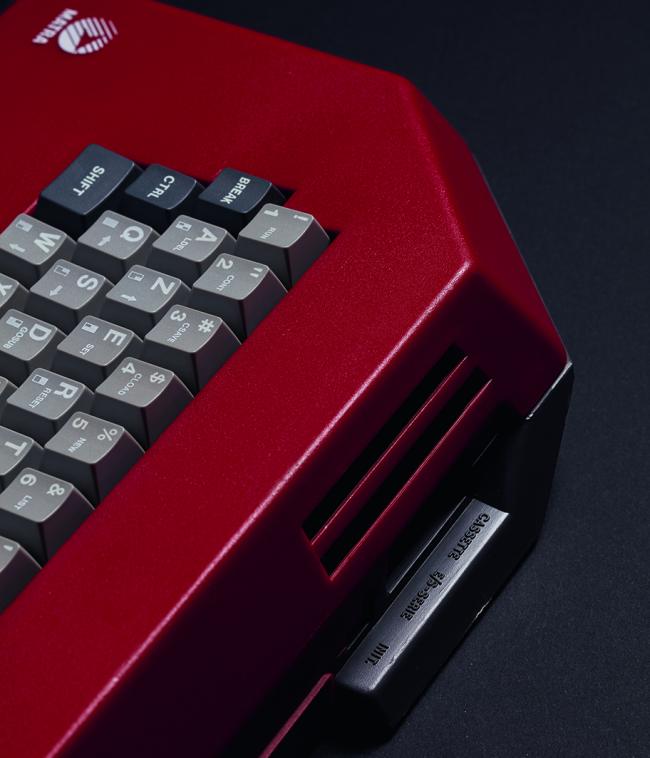
Matra Alice 90
Intended as the French equivalent of the UK's BBC Micro, the bright red Matra Alice was pitched at the educational market. The upgraded Alice 90 that followed had a sci-fi off-set form, making it stand out from the many compact home computers of the 80s.
Wallpaper* Newsletter
Receive our daily digest of inspiration, escapism and design stories from around the world direct to your inbox.
Apple iMac G3, 1998
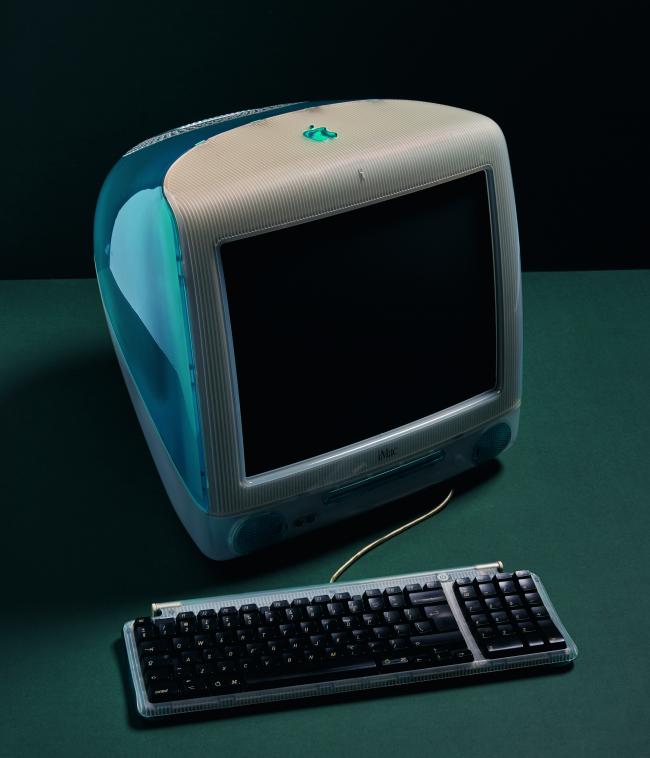
Apple iMac G3
This machine was a game-changer for Apple. The iMac's candy-colours and translucent casing still stand apart, differentiating Apple from its boringly beige PC rivals, with an advanced technical specification – including the first ever built-in USB port – that helped it transform Apple's fortunes.
INFORMATION
Home Computers: 100 Icons that Defined a Digital Generation, published by Thames & Hudson
Jonathan Bell has written for Wallpaper* magazine since 1999, covering everything from architecture and transport design to books, tech and graphic design. He is now the magazine’s Transport and Technology Editor. Jonathan has written and edited 15 books, including Concept Car Design, 21st Century House, and The New Modern House. He is also the host of Wallpaper’s first podcast.
-
 Put these emerging artists on your radar
Put these emerging artists on your radarThis crop of six new talents is poised to shake up the art world. Get to know them now
By Tianna Williams
-
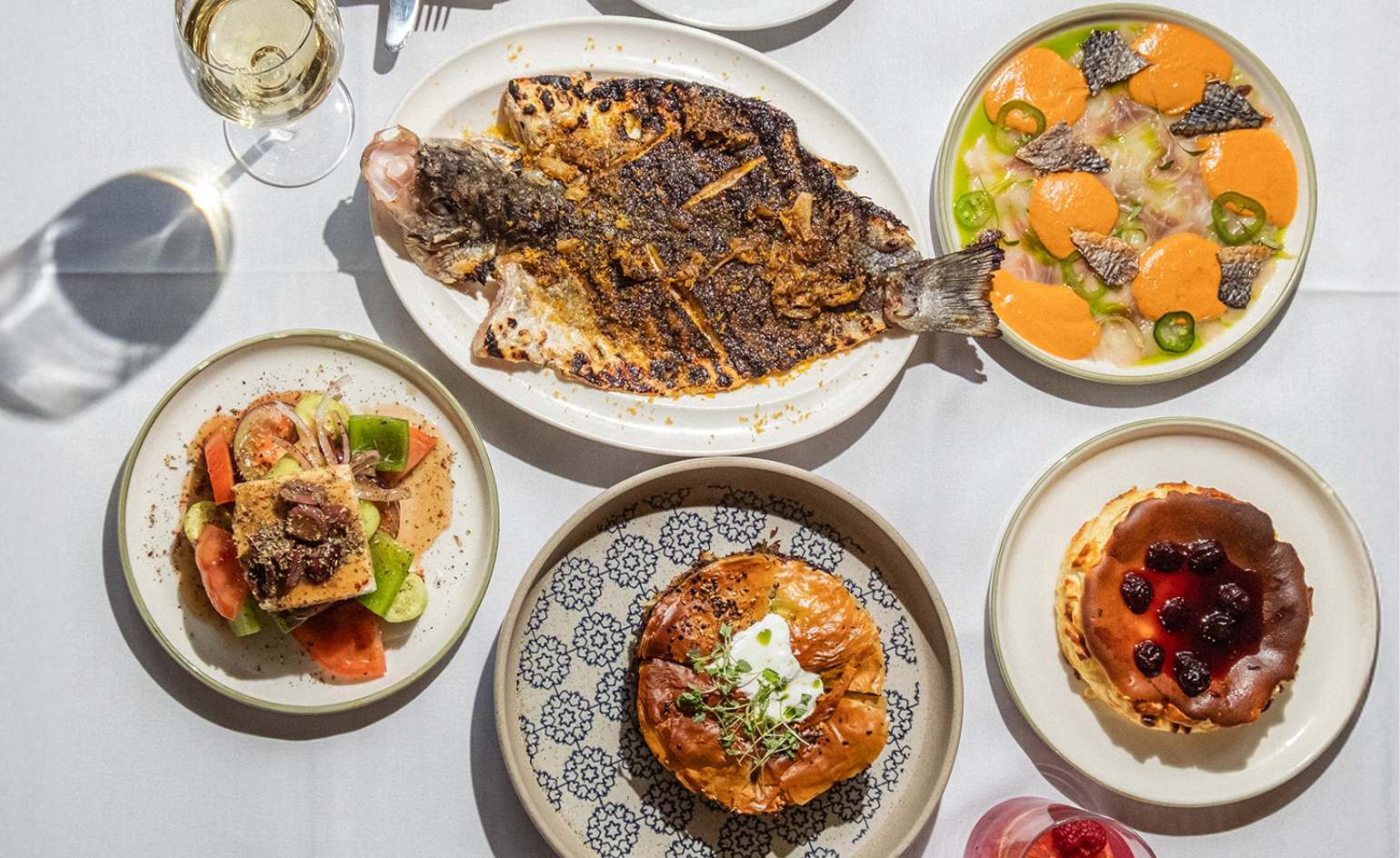 Dining at Pyrá feels like a Mediterranean kiss on both cheeks
Dining at Pyrá feels like a Mediterranean kiss on both cheeksDesigned by House of Dré, this Lonsdale Road addition dishes up an enticing fusion of Greek and Spanish cooking
By Sofia de la Cruz
-
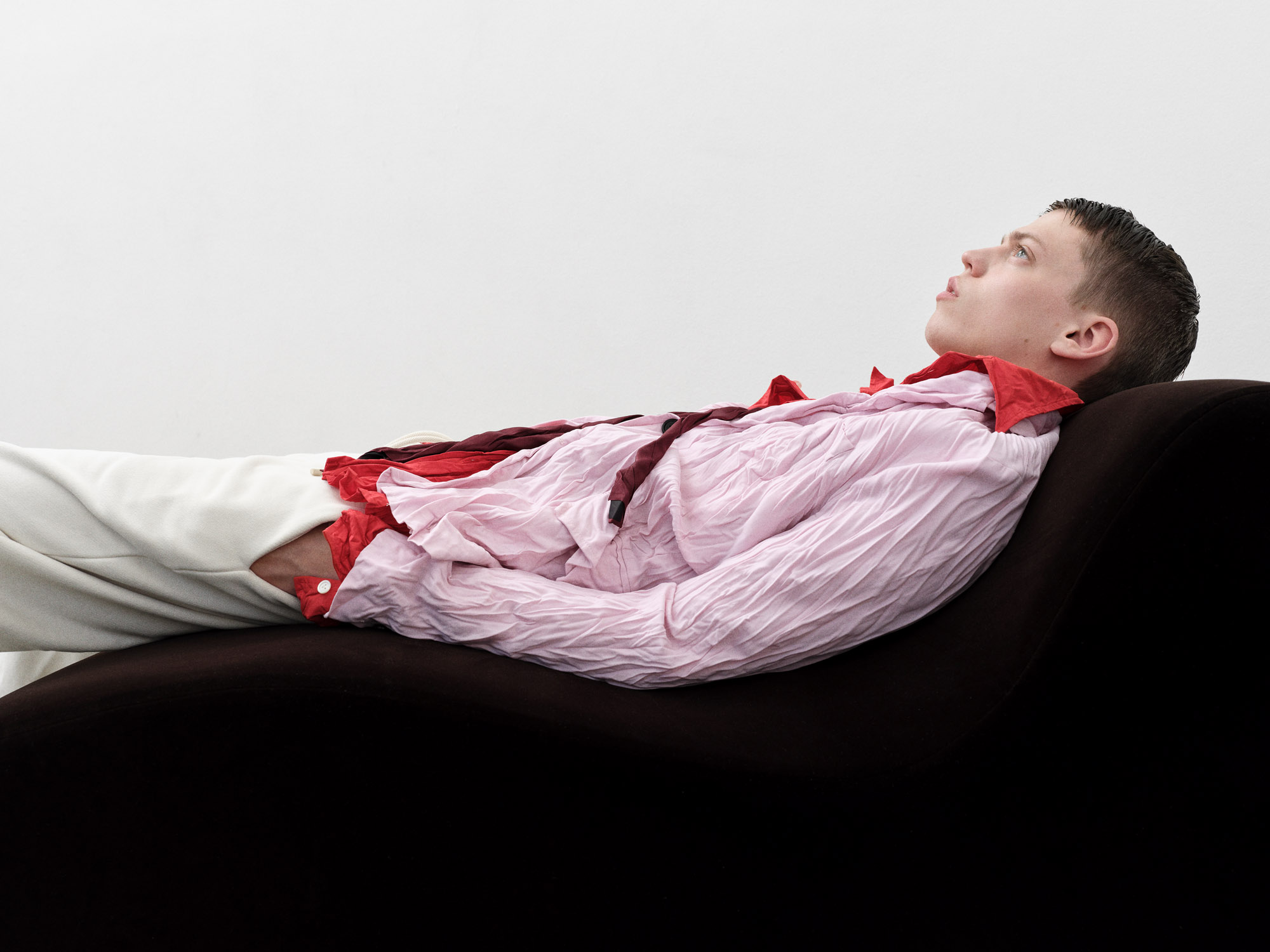 Creased, crumpled: S/S 2025 menswear is about clothes that have ‘lived a life’
Creased, crumpled: S/S 2025 menswear is about clothes that have ‘lived a life’The S/S 2025 menswear collections see designers embrace the creased and the crumpled, conjuring a mood of laidback languor that ran through the season – captured here by photographer Steve Harnacke and stylist Nicola Neri for Wallpaper*
By Jack Moss
-
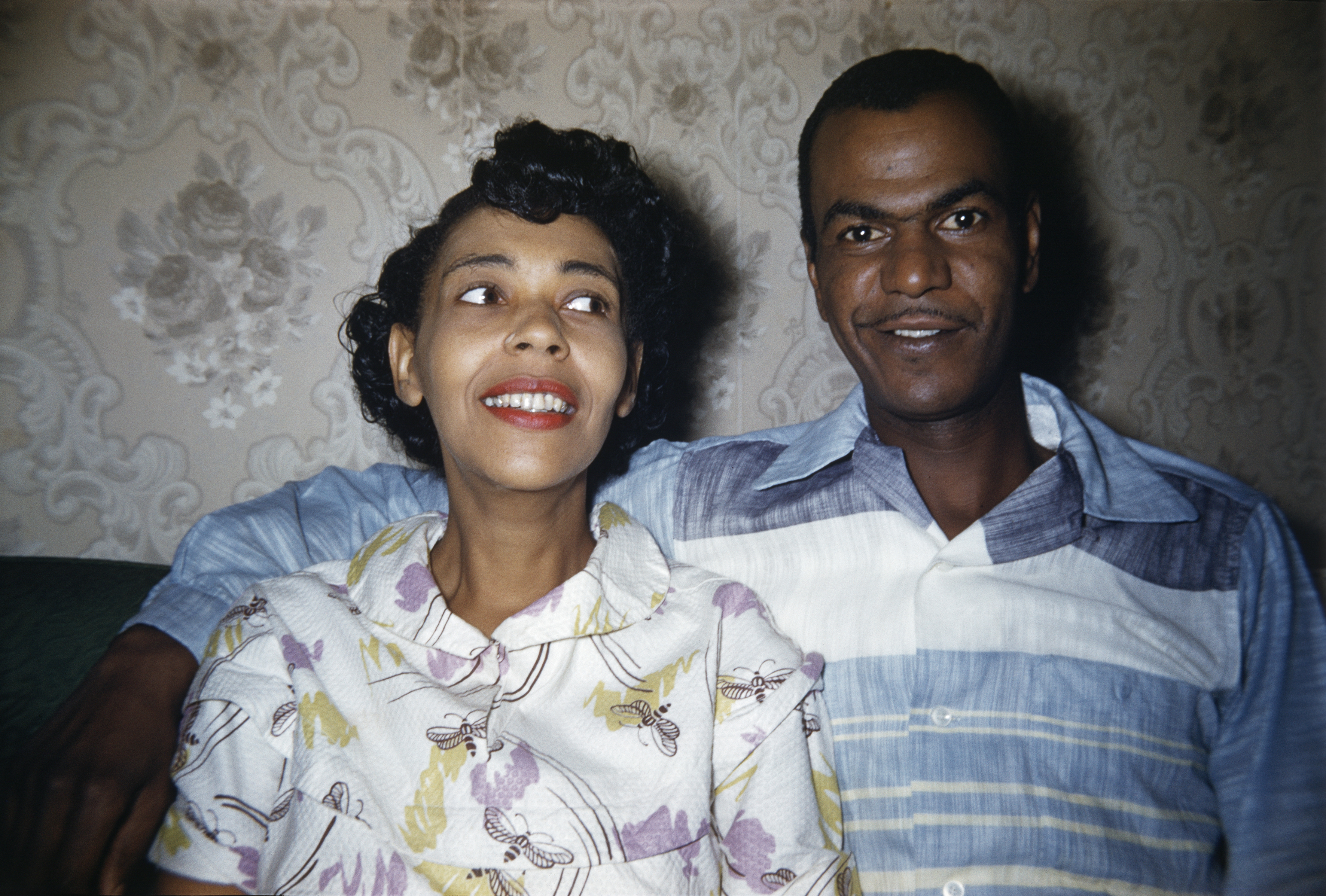 ‘Dressed to Impress’ captures the vivid world of everyday fashion in the 1950s and 1960s
‘Dressed to Impress’ captures the vivid world of everyday fashion in the 1950s and 1960sA new photography book from The Anonymous Project showcases its subjects when they’re dressed for best, posing for events and celebrations unknown
By Jonathan Bell
-
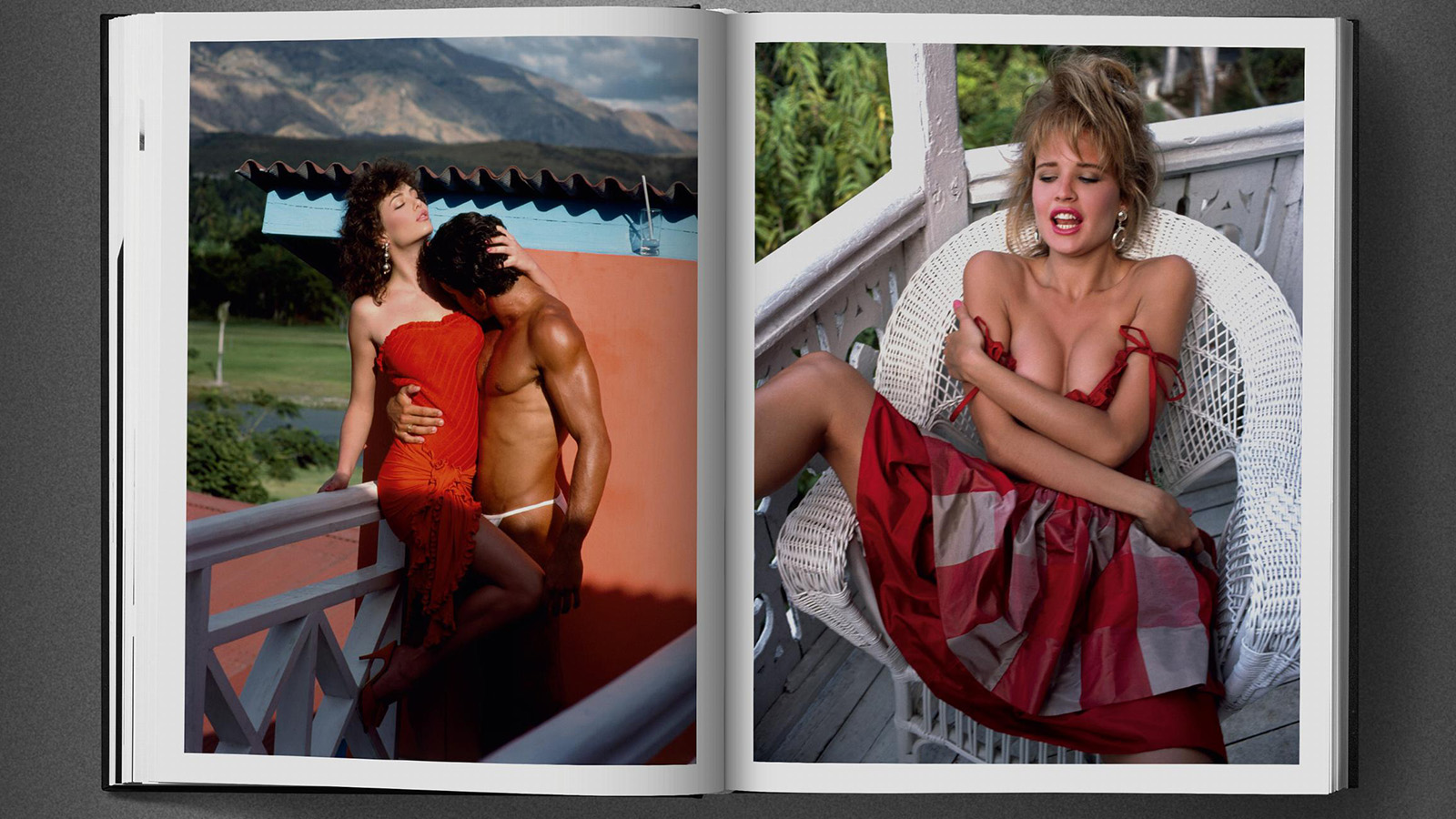 Era-defining photographer David Bailey guides us through the 1980s in a new tome not short of shoulder pads and lycra
Era-defining photographer David Bailey guides us through the 1980s in a new tome not short of shoulder pads and lycraFrom Yves Saint Laurent to Princess Diana, London photographer David Bailey dives into his 1980s archive in a new book by Taschen
By Tianna Williams
-
 Distracting decadence: how Silvio Berlusconi’s legacy shaped Italian TV
Distracting decadence: how Silvio Berlusconi’s legacy shaped Italian TVStefano De Luigi's monograph Televisiva examines how Berlusconi’s empire reshaped Italian TV, and subsequently infiltrated the premiership
By Zoe Whitfield
-
 How a sprawling new book honours the legacy of cult photographer Larry Fink
How a sprawling new book honours the legacy of cult photographer Larry Fink‘Larry Fink: Hands On / A Passionate Life of Looking’ pays homage to an American master. ‘He had this ability to connect,’ says publisher Daniel Power
By Jordan Bassett
-
 Discover Eve Arnold’s intimate unseen images of Marilyn Monroe
Discover Eve Arnold’s intimate unseen images of Marilyn Monroe‘Marilyn Monroe by Eve Arnold’, published by ACC Art Books, is a personal portrayal of an icon
By Hannah Silver
-
 'I’m So Happy You Are Here': discover the work of Japanese women photographers
'I’m So Happy You Are Here': discover the work of Japanese women photographersSubtitled ‘Japanese Women Photographers from the 1950s to Now’, this new monograph from Aperture is a fascinating insight into a critically overlooked body of work
By Jonathan Bell
-
 How the west won: Ivan McClellan is amplifying the intrepid beauty of Black cowboy culture
How the west won: Ivan McClellan is amplifying the intrepid beauty of Black cowboy cultureIn his new book, 'Eight Seconds: Black Cowboy Culture', Ivan McClellan draws us into the world of Black rodeo. Wallpaper* meets the photographer ahead of his Juneteenth Rodeo
By Tracy Kawalik
-
 ‘Package Holiday 1968-1985’: a very British love affair in pictures
‘Package Holiday 1968-1985’: a very British love affair in pictures‘Package Holiday’ recalls tans, table tennis and Technicolor in Trevor Clark’s wistful snaps of sun-seeking Brits
By Caragh McKay